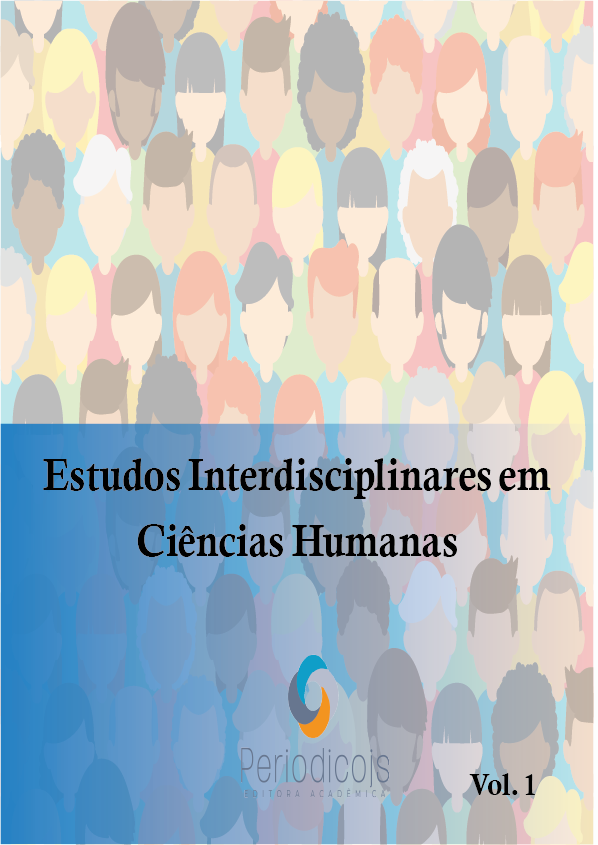Abstract
Being digitally included has become necessary, with prospects for progress in diverse areas of citizen action. In education, it can raise the self-esteem and quality of life of teachers and students, offering autonomous learning and access to a variety of content and information. Reflecting on the technological advances that lead to new approaches to digital inclusion and questioning about knowledge for the use of technological resources in the academic community of the State University of Montes Claros - Unimontes, general indexes of digital inclusion for teachers and students are presented, in addition to students by sex, educational center, age group and income. Obtaining data and applying the methodological approach proposed by Galdino (2019) using weights, general indices of professors and students are presented, in addition to those stratified. The specific skills of students and teachers were evaluated, grouped into dimensions: Introductory Knowledge (0.37; 0.38), Technical Skill (0.20; 0.23), Applied Use (0.19; 0.19), Entertainment (0.35; 0.33), Sociability (0.21; 0.24), Educational Use (0.33; 0.34), Communicability (0.32; 0.27), Use of Services (0, 28; 0.24), Autonomous Learning (0.30; 0.28). The stratification of students shows that female students (0.276), the age group from 25 to 36 years old (0.215), the Center for Biological and Health Sciences (0.262) and students with an income of up to 1 minimum wage (0.290), obtained the lower digital inclusion rates. In addition, students (0.290), students aged 25 to 35 (0.298), from the Exact and Technological Sciences Center (0.313) and without income (0.869) had the highest rates of digital inclusion. The general digital inclusion indexes of students (0.282) and teachers (0.276) reveal low inclusion of the academic community.
References
PATTA, Marilée, SIVA, A. E. Exclusão digital: um estudo quantitativo na cidade de Montes Claros. In: Enleppic, 2005, Salvador.
PATTA, Marilée. Mapeamento da exclusão social de Montes Claros-MG em 2010: um estudo exploratório / Marilée Patta. Belo Horizonte, 2015. 463 f. : il.

